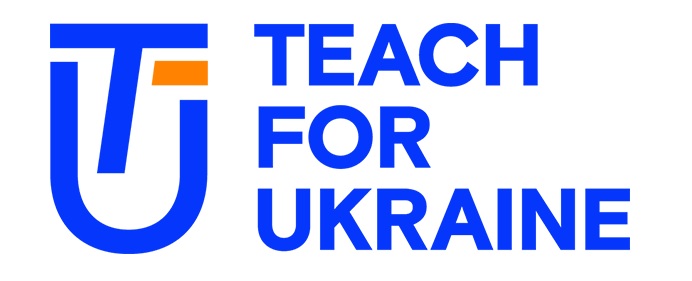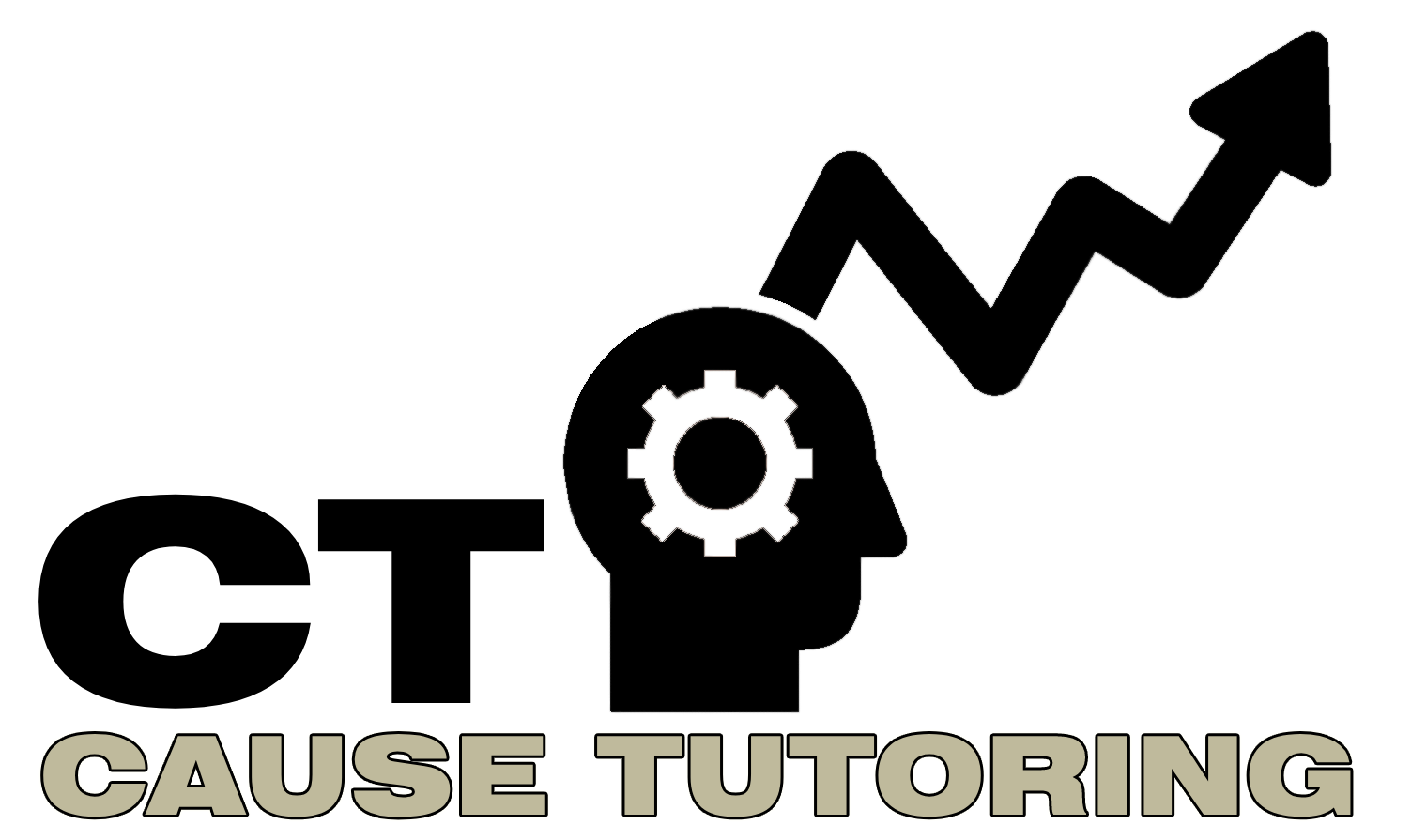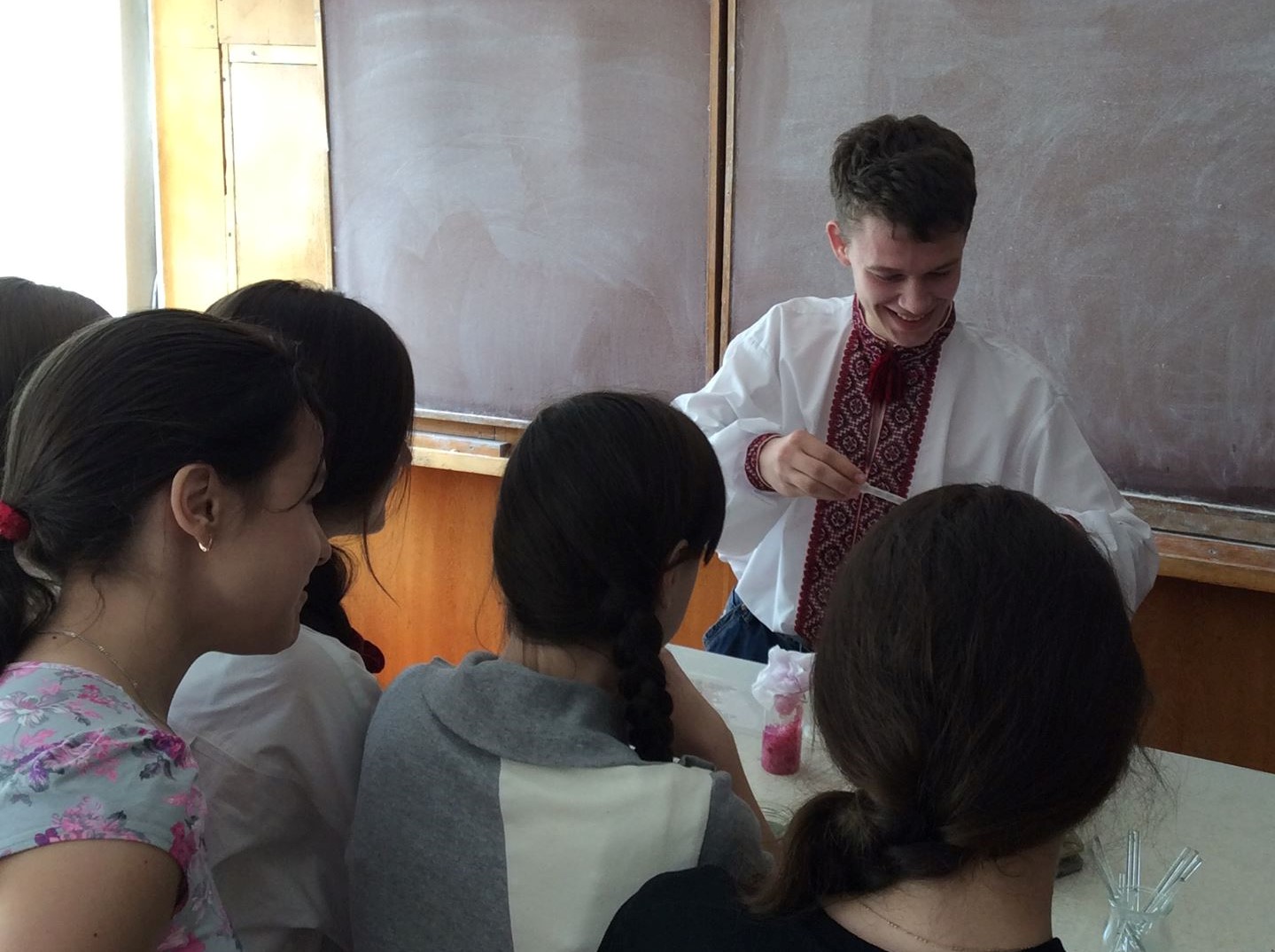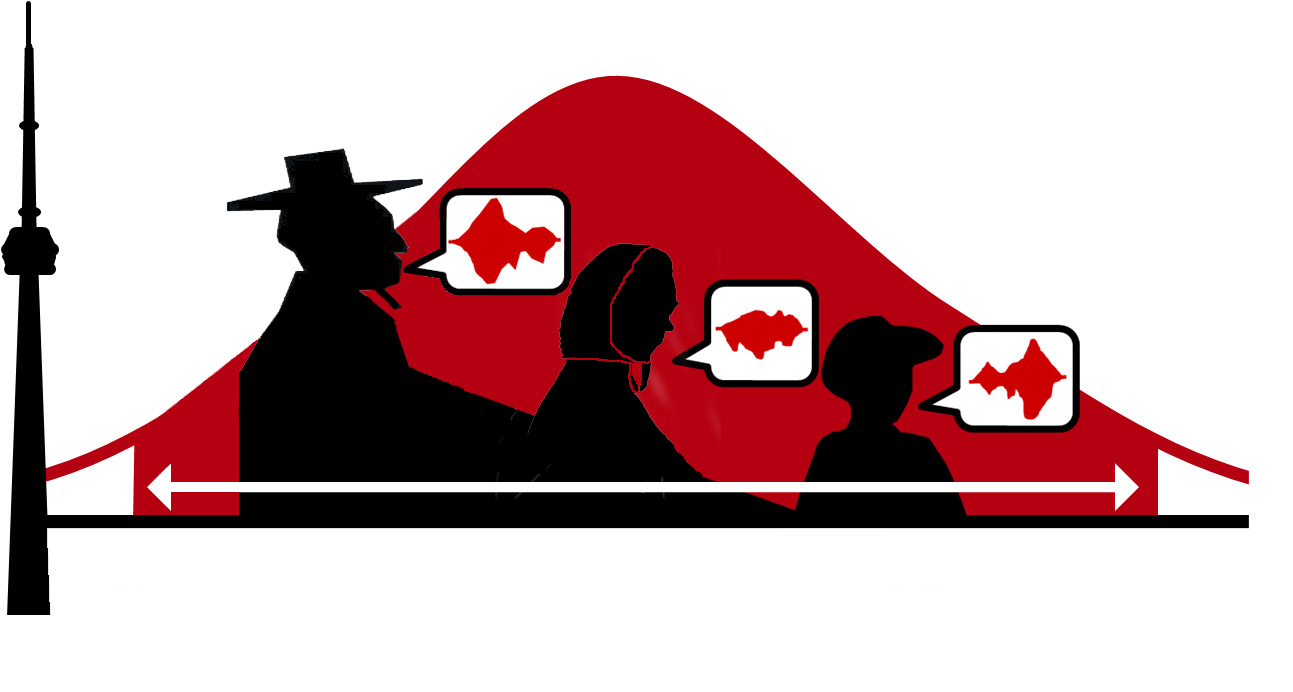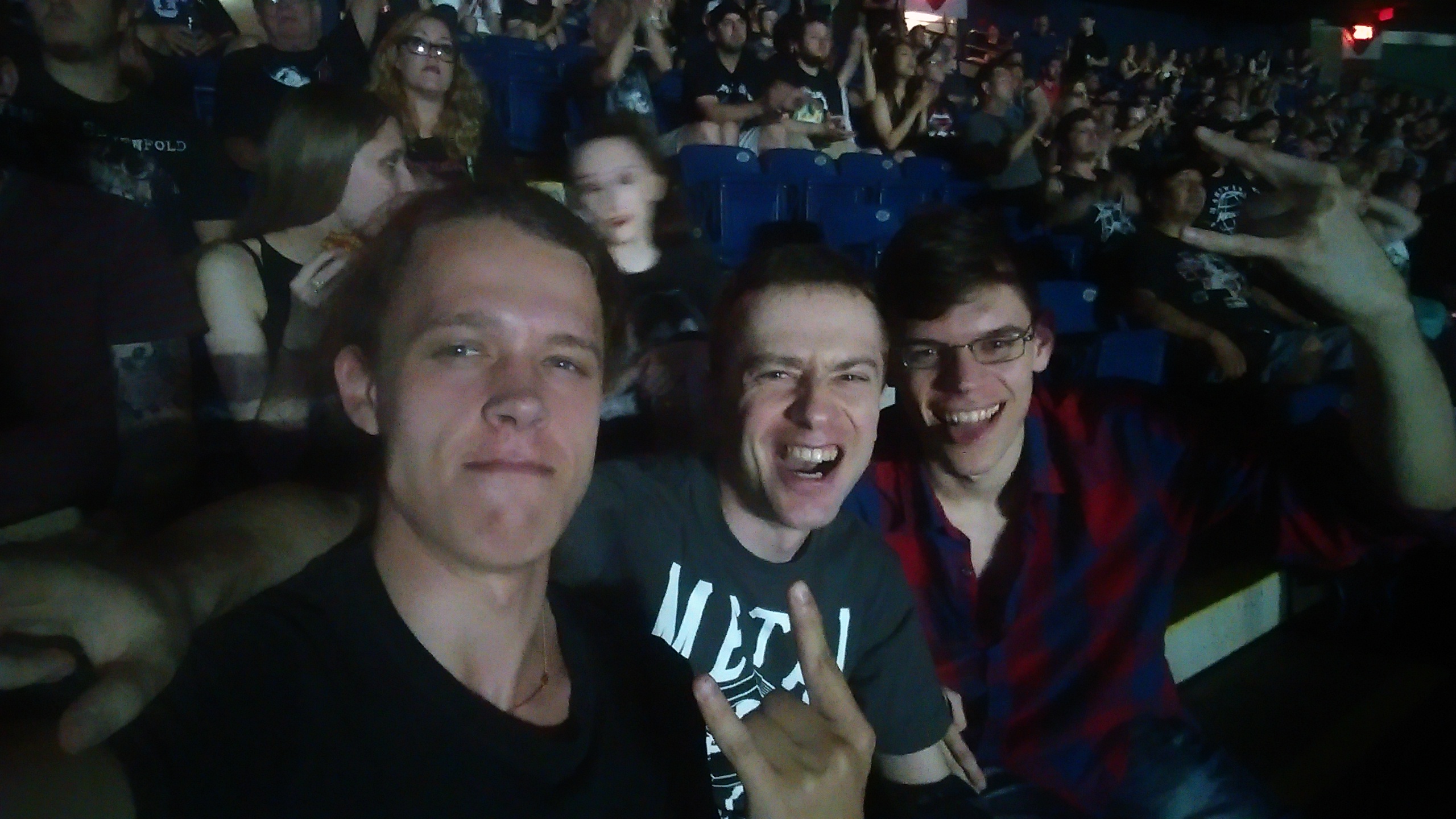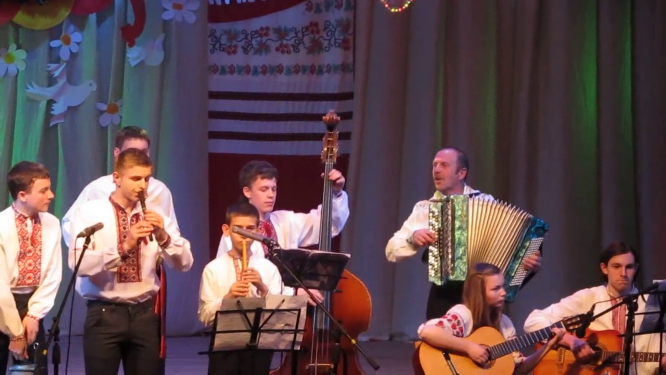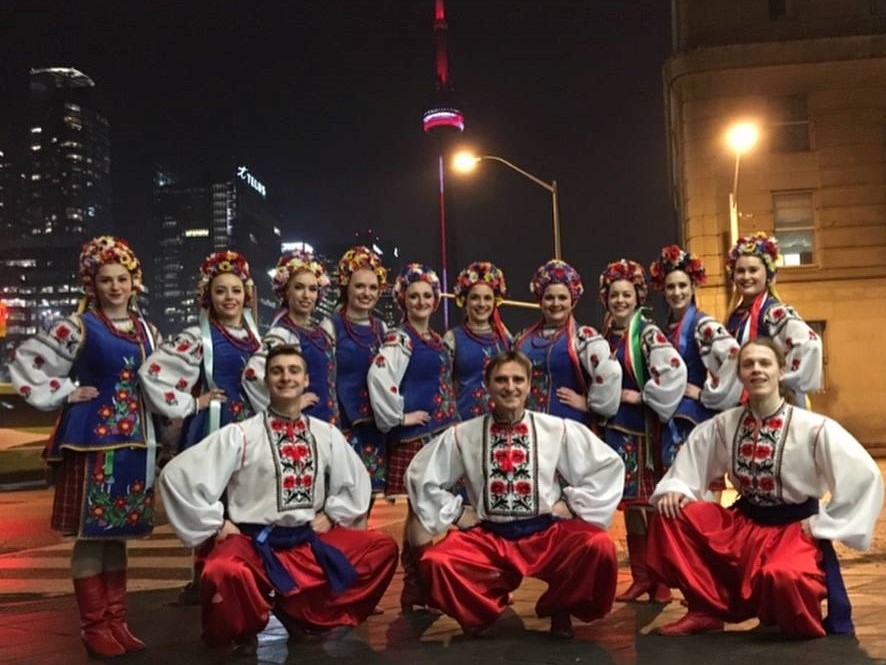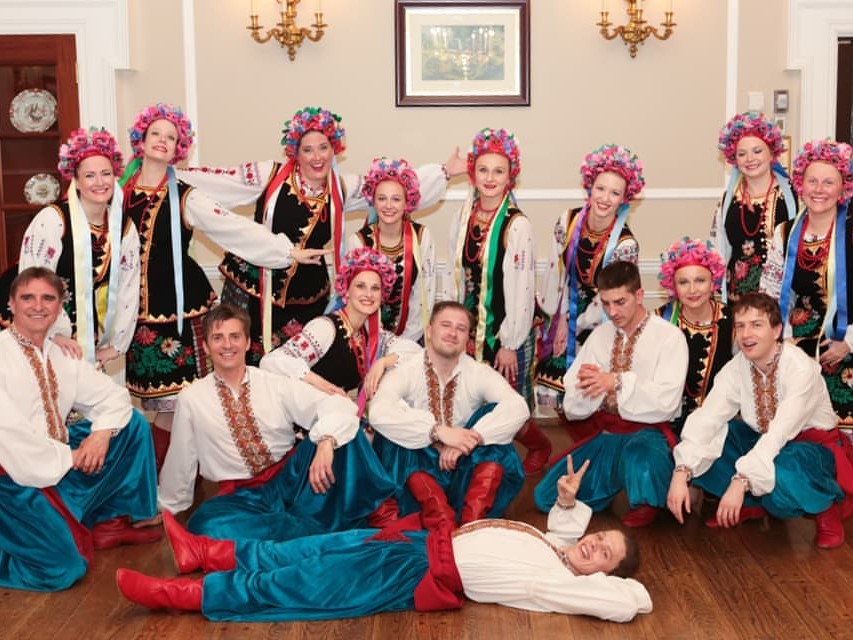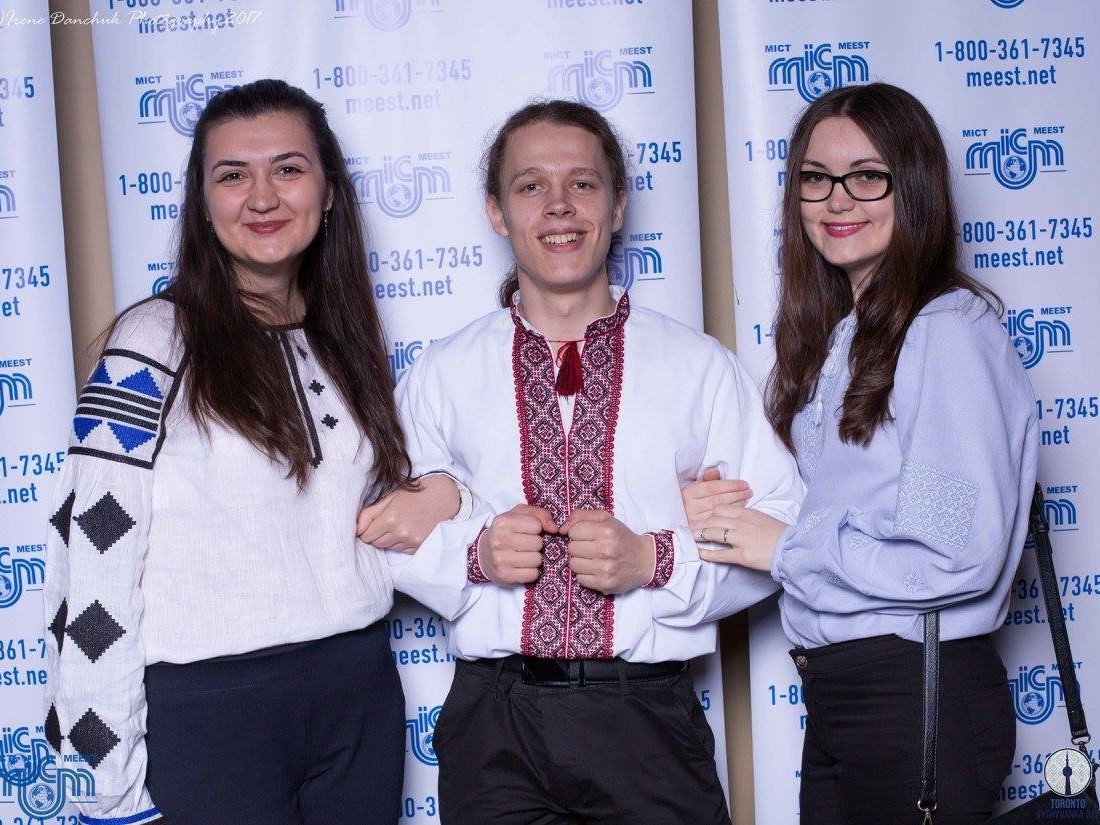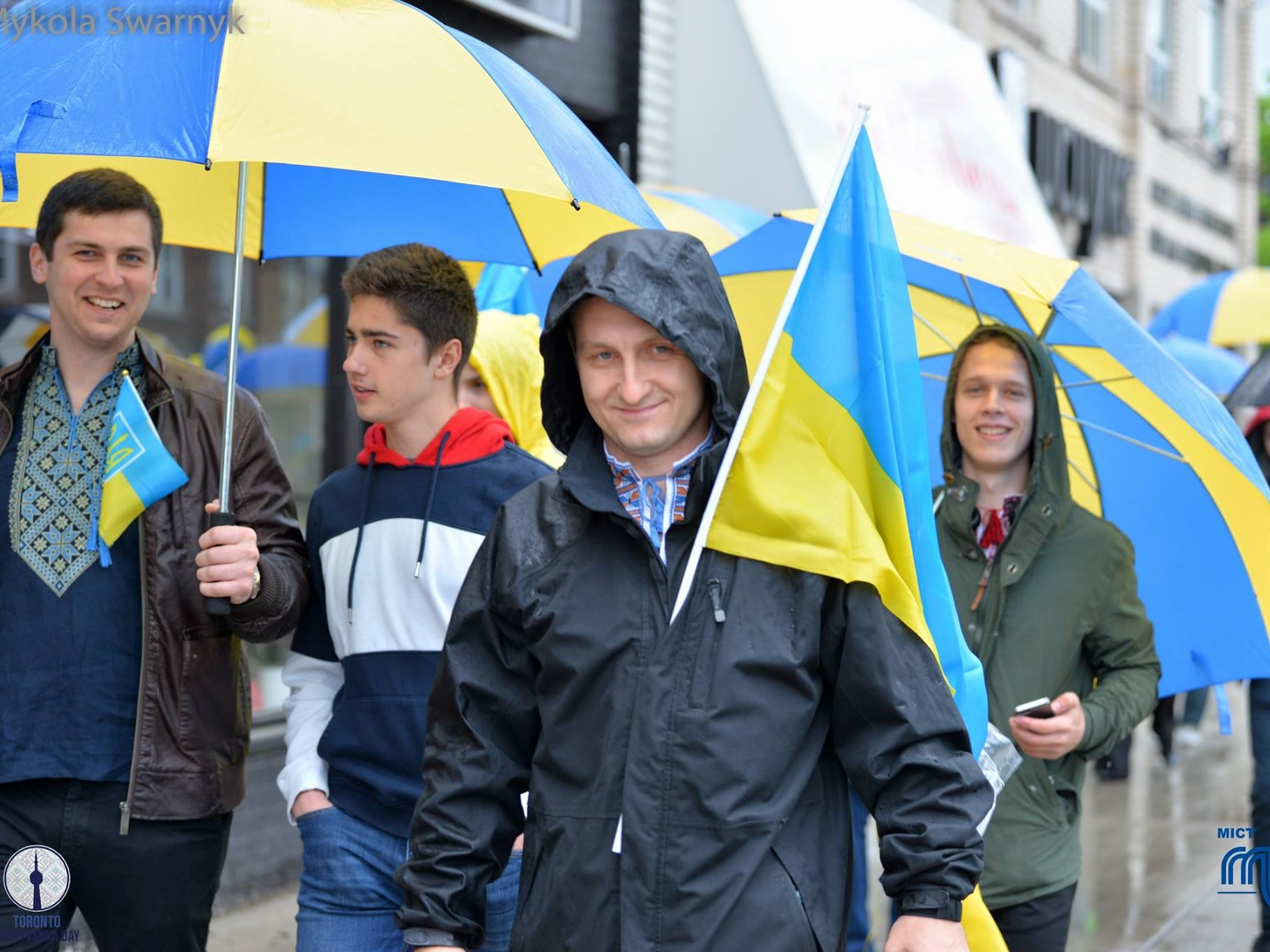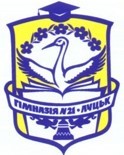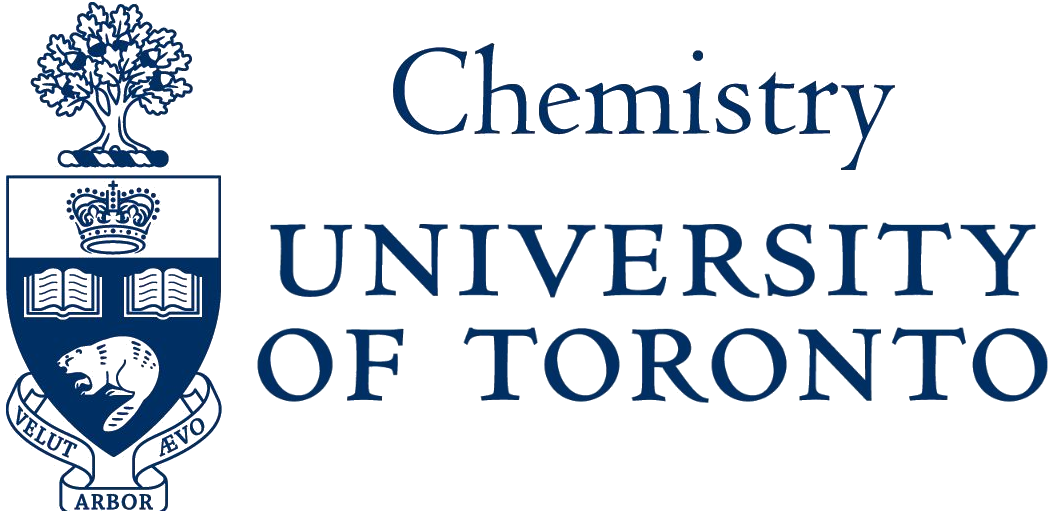How can I Help Ukraine?
On February 24th at 4 AM Kyiv time Russia has shelled all major cities in Ukraine. This brutal and unprovoked attack has already cost thousands of civilian lives and led to millions of people fleeing war, not to mention thousands of military casualties on both sides. You can learn more about this war on Ukraine's official web-site.
Many people ask me: how can I help? There are many things you can do:
- Donate to Ukraine, charities that are helping Ukraine from your home country (see the list for your country below) or charities in Ukraine:
- Revived Soldiers Ukraine - medical care for wounded soldiers. Options: PayPal & Credit/Debit, Fondy, CoinBase.
- Come back alive - Ukrainian army fund. Options: Fondy, bitcoin wallet bc1qkd5az2ml7dk5j5h672yhxmhmxe9tuf97j39fm6 or SWIFT
-
Urge your government to act in support of Ukraine and donate to a charity that supports Ukraine in your country:
US citizens, click here to show/hide instructions.- Donate to Nova Ukraine (PayPal/Credit/Debit, FB, Crypto); Razom (PayPal/Credit/Debit, FB, Check, Bank Transfer, Crypto); United Help Ukraine (PayPal/Debit/Credit, Crypto)
- Write to President Biden - here is a template
- Write to Vice-President Harris - here is a template
- Write to your Senator(s) - here is a template. Edit name at the top, sign at the bottom
- Write to House Representative - here is a template. Edit name at the top, sign at the bottom
Canadian citizens, click here to show/hide instructions.- Write to Prime-Minister Trudeau - here is a template
- Write to your MP - here is a template. Insert your name and riding at the top. Sign at the bottom.
All other nationals, click here to show/hide instructions.- Write to your head of State, Foreign minister and the representative in Parliament.


